How do you keep a travel program fresh, exciting and compelling enough to rise above the radio static in international travel? It’s no secret; this industry is intensely competitive.
Big travel brands are getting bigger and offering more “off the beaten path” travel. On top of that, single-destination operators, like us, are facing competition from other destinations, some of which are increasing tourist arrivals by 20% or more annually.
Special interest travel is one answer to the competition problem. Traveling with alumni travel programs, museums, photographers, conservationists, celebrity chefs and others in Tanzania is unique, personal and marketable. Our special interest trips often fill up quickly and guests rave about the experience when they return.
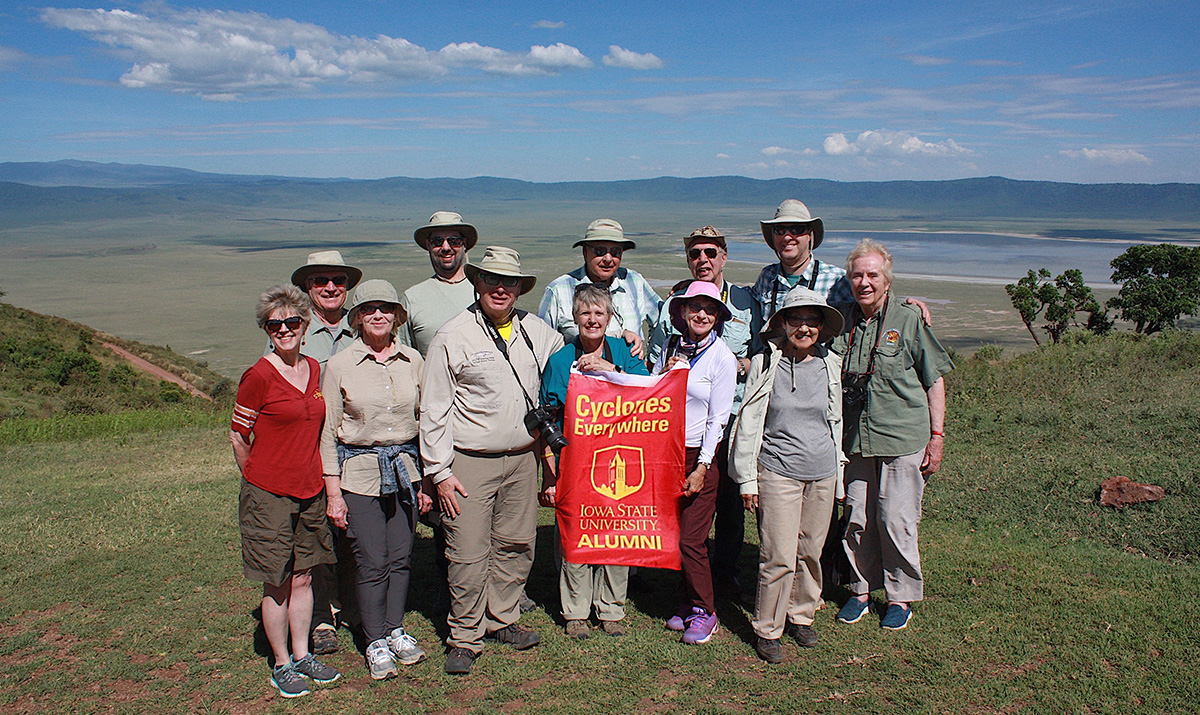
Still, special interest travel is competitive in and of itself. We’re always asking ourselves, “how can we make our safari programs better? And how we can make them uniquely marketable for our partners?”
Here’s how we’re doing both using an upcoming trip as an example.
Combining Special Interest Spaces
Sometimes different special interest fields intersect, and incredible programs develop through those partnerships. That’s how the African Wildlife Foundation (AWF)/Nature’s Best Photography (NBP) Safari came to be.
AWF senior vice president Craig Sholley reached out to us in 2017 to pitch a safari combining conservation and photographic tourism. Then, he put us in touch with Steve Freligh, the co-publisher and editor-in-chief of Nature’s Best Photography Magazine.
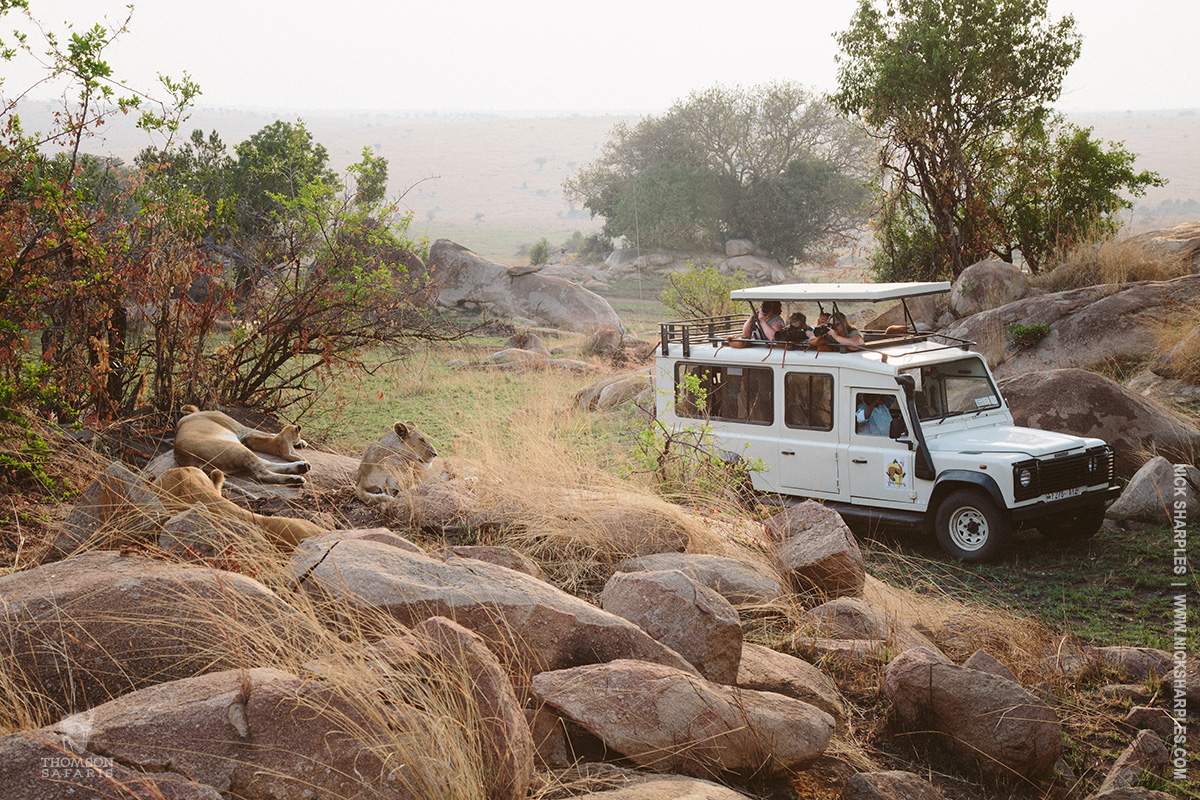
Together, our three groups – Thomson Safaris, AWF and NBP – built a trip featuring some of the best wildlife locations on the continent and an incredible diversity of landscapes, animals and events. With Sholley’s 40 years of wildlife conservation experience in East Africa, Freligh’s 25 years of nature photo publishing experience and our nearly four decades of safari tour experience, we designed an entirely unique adventure.
Better yet, world renowned leaders in conservation and photography are leading the trip.
Traveling with Multiple Influential Leaders
Sholley himself will join the trip, sharing his decades of wildlife and conservation experience in East Africa with our travelers. He’s joined by Jeff Vanuga, a professional wildlife photographer and former BBC Wildlife Photographer of the Year. Together, they create an exceptionally unique experience for our guests.
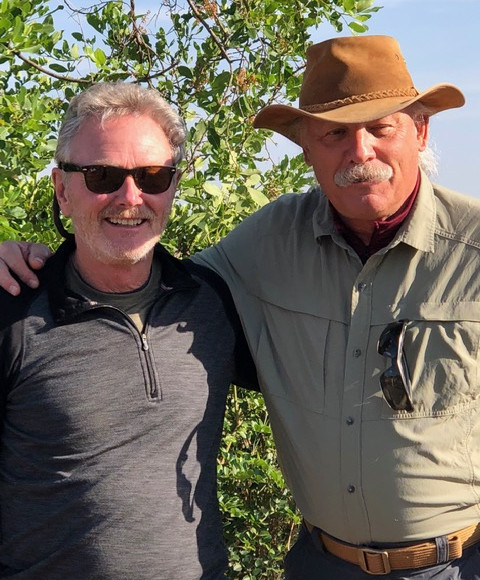
Imagine this: Our group will explore Tarangire National Park, a location renowned for its immense herds of elephants, with the senior vice president of an organization that helped establish it nearly 50 years ago.
“We were instrumental in the development of Tarangire National Park and played a very, very important role in terms of the development of infrastructure in the park in the early 1970s,” Sholley said.
And as the group learns about elephants, the species’ conservation history in East Africa and the herds’ specific behaviors in the park, they’ll receive photography advice from one of the world’s best nature photographers.
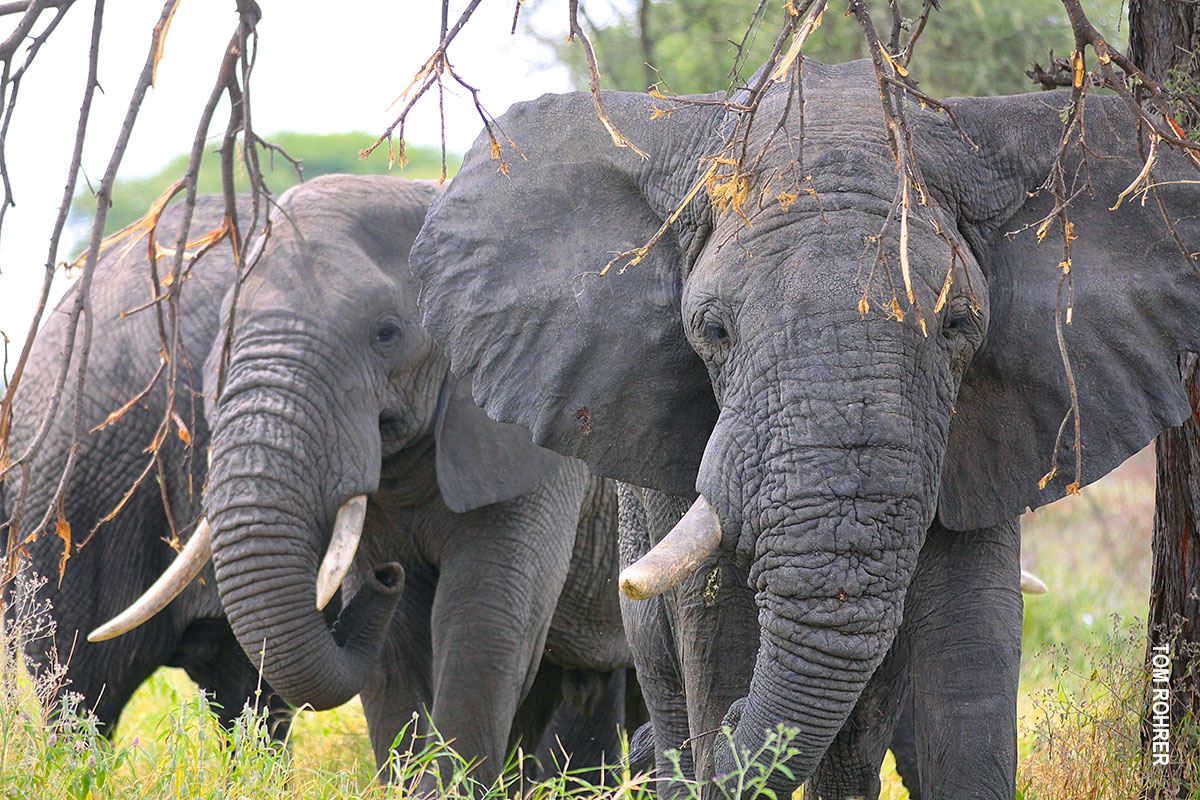
After a full day of game viewing, the photography aficionados can join Vanuga for advice about editing their favorite snapshots. Or, they can meet with Sholley, an avid photographer himself, and receive photo advice as well as an insider’s perspective about why their subjects and landscapes are unique.
Offering Special Opportunities to Travelers
Powerful personalities are just one selling point. We’re pairing this adventure with a special opportunity made possible thanks to this partnership.
“There’s an exhibition presently hanging in the Smithsonian that represents some of the photos that were taken on this safari last year,” Sholley said. “They’re going to be seen by tens of thousands of people on a monthly basis.”
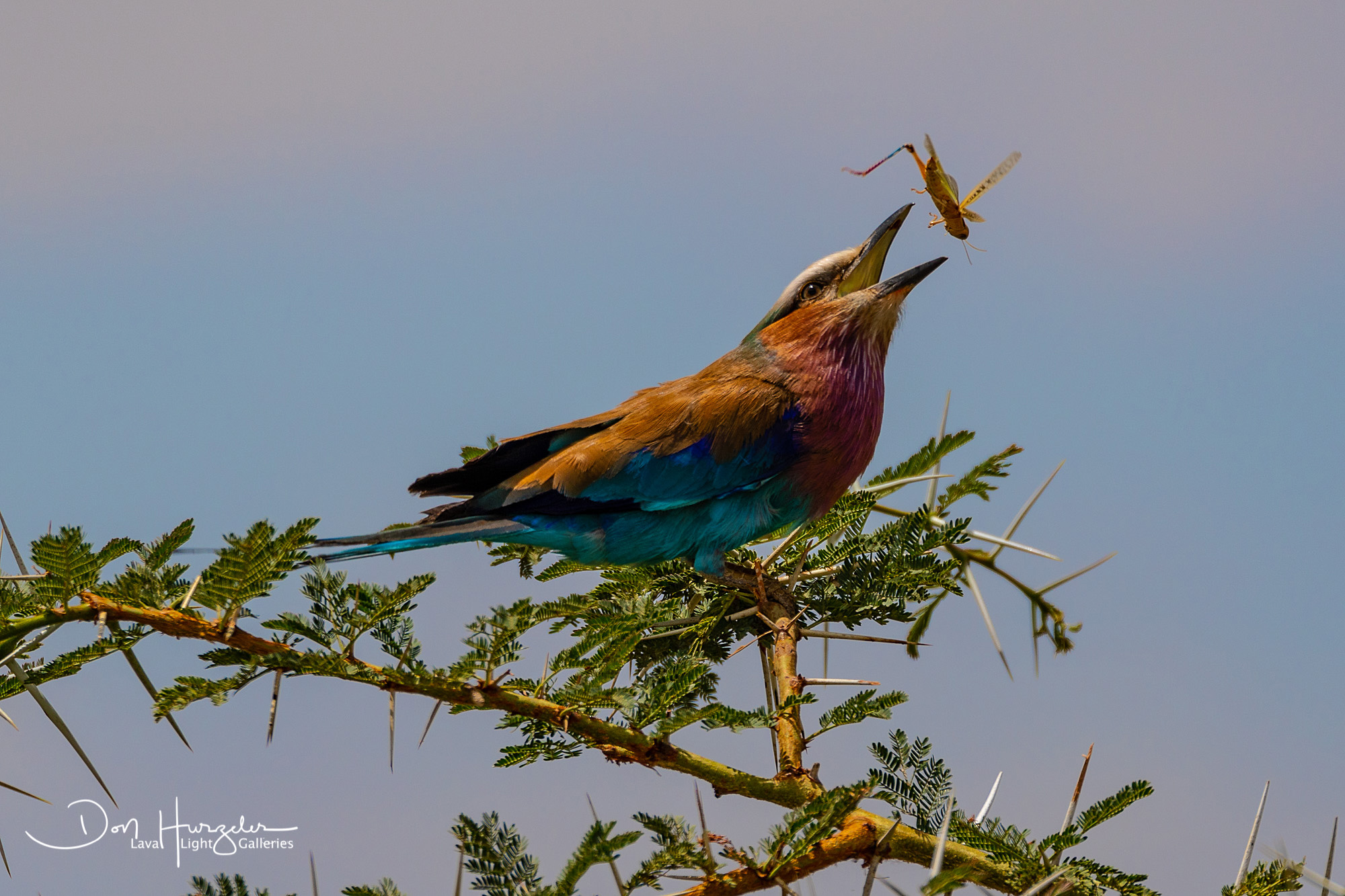
That same opportunity extends to this year’s travelers. Some photographers may get the chance to contribute to the Smithsonian. That may sound compelling for photographers, but Sholley is excited about it for conservation reasons, too.
“Over the course of a year, probably a million people are going to look at those images there, and they’re going to understand that they represent the majesty and the magic of the continent of Africa,” Sholley said. “Hopefully, they’re going to want to be a part of conserving it in the future.”

